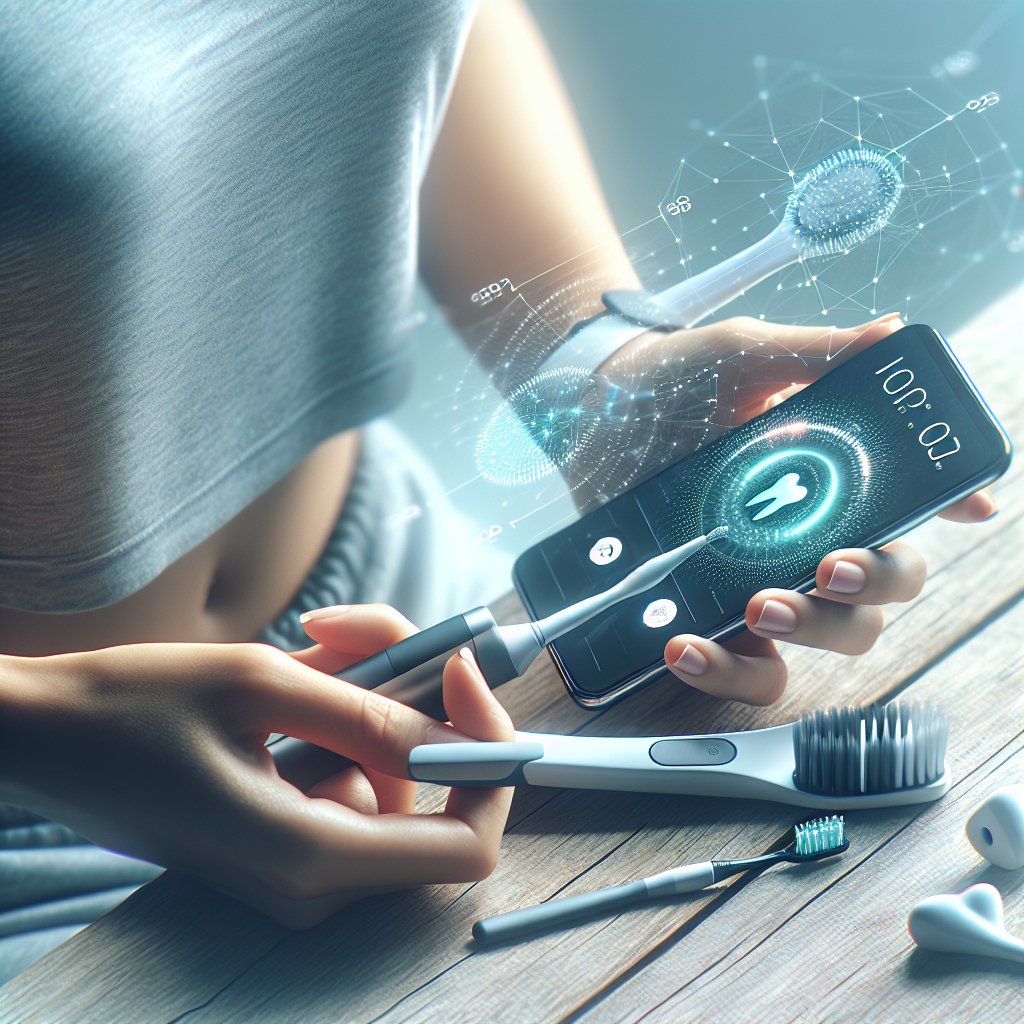Wearable devices are revolutionizing various aspects of healthcare, and oral health monitoring is no exception. These innovative technologies are providing individuals with the tools they need to maintain better oral hygiene and monitor their dental health more effectively. This article explores the impact of wearable devices on oral health, examining their functionalities, benefits, and the future of dental care.
Understanding Wearable Devices in Oral Health
Wearable devices encompass a wide range of technologies that can be worn on the body, often in the form of smartwatches, fitness trackers, or specialized dental devices. In the context of oral health, these devices are designed to monitor various parameters related to dental hygiene and overall oral health. They can track habits, provide reminders, and even analyze data to help users make informed decisions about their dental care.
Types of Wearable Devices for Oral Health
Several types of wearable devices are currently available that cater specifically to oral health monitoring. These include:
- Smart Toothbrushes: Equipped with sensors and Bluetooth technology, smart toothbrushes can track brushing habits, pressure applied, and even the duration of brushing. They often connect to mobile apps that provide feedback and tips for improving brushing techniques.
- Dental Monitors: These devices can be worn in the mouth and are designed to monitor various oral health indicators, such as pH levels, temperature, and the presence of harmful bacteria. They can alert users to potential issues before they become serious problems.
- Wearable Health Trackers: While not specifically designed for oral health, general health trackers can provide valuable insights into overall health, which is closely linked to oral health. For example, tracking diet, hydration, and stress levels can help users understand how these factors affect their dental health.
The Benefits of Wearable Devices in Oral Health Monitoring
The integration of wearable devices into oral health monitoring offers numerous benefits for users. These advantages not only enhance individual dental care but also contribute to broader public health initiatives.
Enhanced Personalization of Dental Care
One of the most significant benefits of wearable devices is the ability to provide personalized feedback. Smart toothbrushes, for instance, can analyze a user’s brushing habits and offer tailored recommendations to improve their technique. This level of personalization helps individuals understand their unique oral health needs and encourages better hygiene practices.
Early Detection of Dental Issues
Wearable dental monitors can detect early signs of dental problems, such as cavities or gum disease, by analyzing changes in oral conditions. By identifying these issues early, users can seek treatment before they escalate, potentially saving time, money, and discomfort.
Increased Awareness and Motivation
Wearable devices often come with gamification features that encourage users to engage in better oral health practices. For example, users may earn rewards for consistent brushing or for achieving specific oral health goals. This increased awareness and motivation can lead to improved dental hygiene habits over time.
Data-Driven Insights for Dental Professionals
Wearable devices can also benefit dental professionals by providing them with valuable data about their patients’ oral health habits. This information can help dentists tailor their recommendations and treatment plans based on real-time data, leading to more effective care.
The Future of Wearable Devices in Oral Health
As technology continues to advance, the future of wearable devices in oral health monitoring looks promising. Innovations in artificial intelligence, machine learning, and data analytics are expected to enhance the capabilities of these devices, making them even more effective in promoting oral health.
Integration with Telehealth Services
The rise of telehealth services has transformed how healthcare is delivered, and wearable devices are likely to play a crucial role in this evolution. By integrating wearable technology with telehealth platforms, dental professionals can monitor their patients’ oral health remotely, providing timely interventions and support.
Collaboration with Other Health Technologies
Wearable devices for oral health may also collaborate with other health technologies, such as fitness trackers and health apps. This integration can provide a holistic view of an individual’s health, allowing for more comprehensive care that considers the interconnectedness of oral health with overall well-being.
Research and Development
Ongoing research and development in the field of wearable technology will likely lead to the creation of even more advanced devices. Future innovations may include sensors that can detect specific oral health conditions or devices that can provide real-time feedback during dental procedures.
Conclusion
Wearable devices are transforming the landscape of oral health monitoring, offering individuals the tools they need to take charge of their dental hygiene. With the ability to provide personalized feedback, detect early signs of dental issues, and motivate users to maintain better habits, these devices are paving the way for a new era of dental care. As technology continues to evolve, the potential for wearable devices in oral health is vast, promising a future where individuals can achieve optimal oral health with the help of innovative technology.




